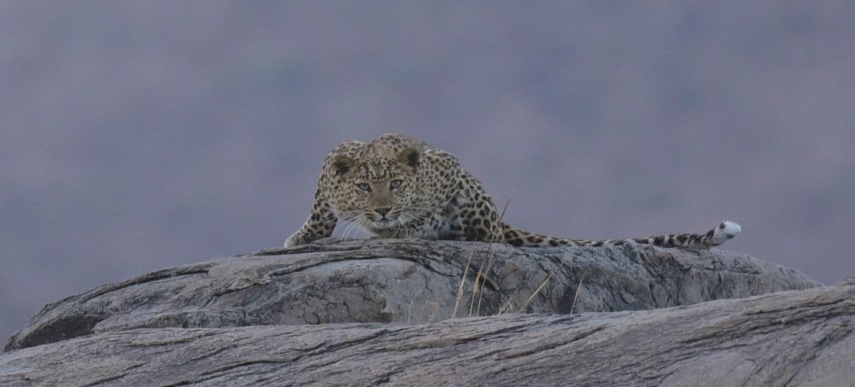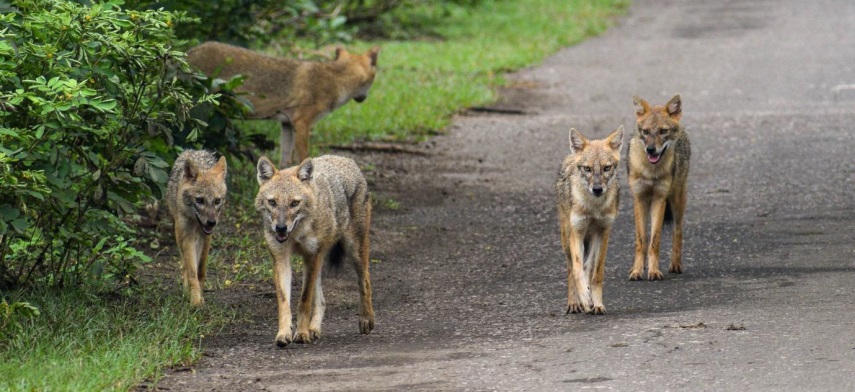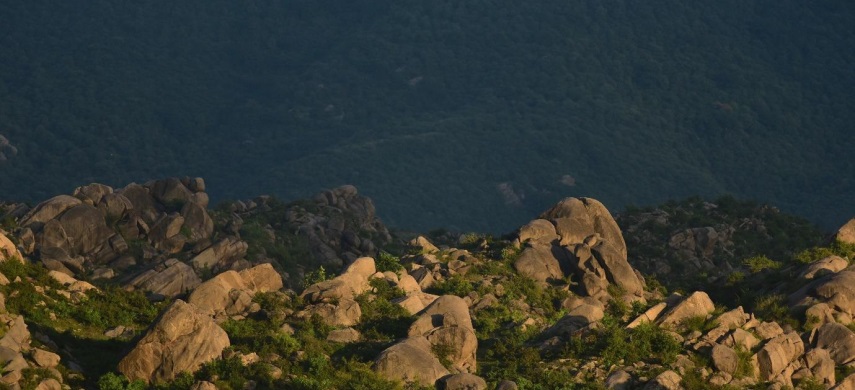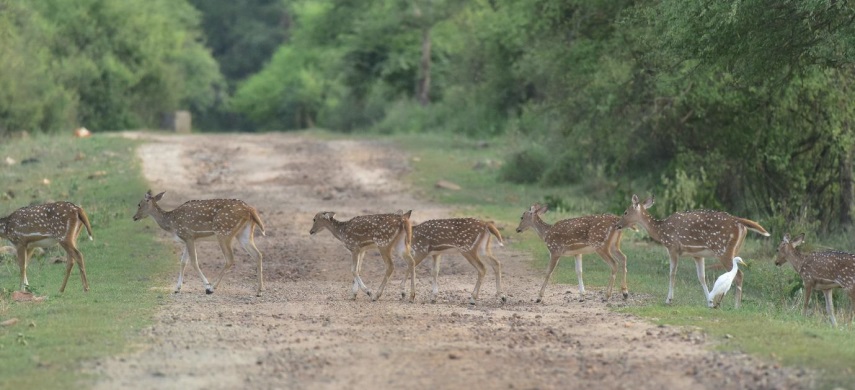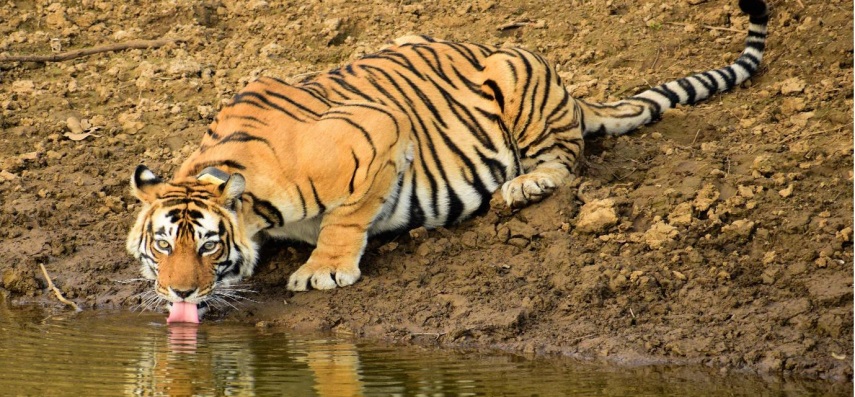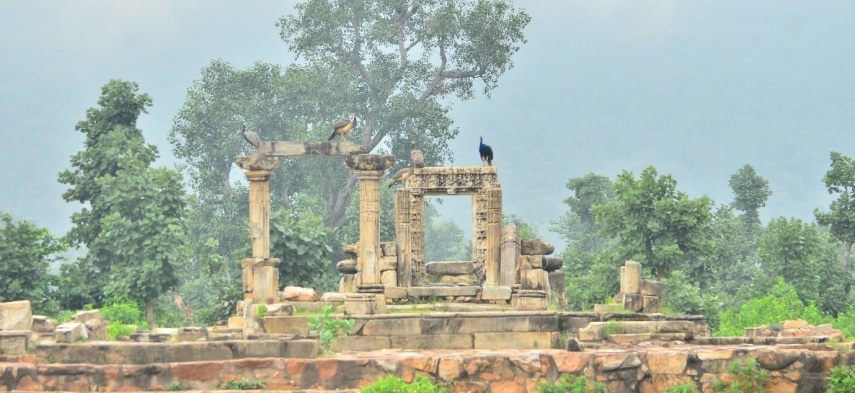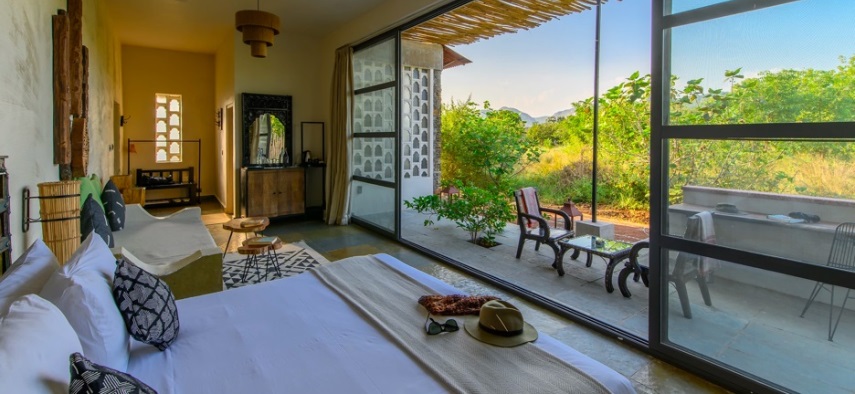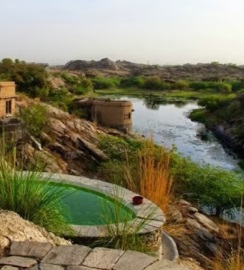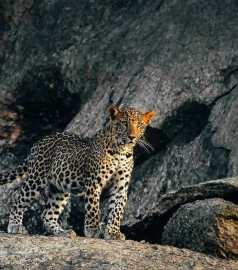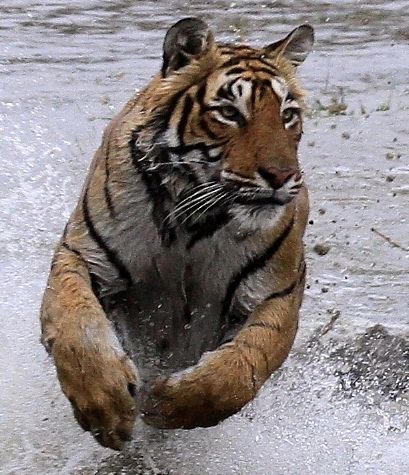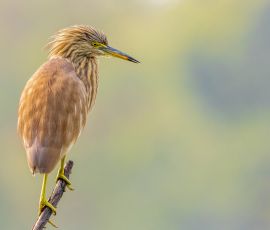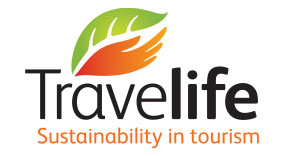Eco-friendly properties in the area
Utsav Camp Sariska
Utsav Camp Sariska is located in Tehla village just 7 km from Gate No. 2 of Sariska National Park. Surrounded by boulders, deciduous forests and the Aravali Mountains, it is an easy 2.5 hours (112 km) drive from Jaipur or 4 hours (217 km) drive from Delhi.
Other Destinations To Combine
Travel Here with the Best Travel Companies & Agents
Plan you Indian holiday, Nepal adventure, or Bhutan visit using one of a large number of the world’s best known travel companies, or Indian based agents to put your very own itinerary together. Every travel company here has committed to drive their own sustainable travel practices, seek PUG certified accommodation providers wherever possible and support our conservation efforts.
Now you can enjoy a flawless and carefree travel itinerary to many of Indian subcontinent’s greatest wilderness destinations and combine this with its rich cultural and historic heritage.

